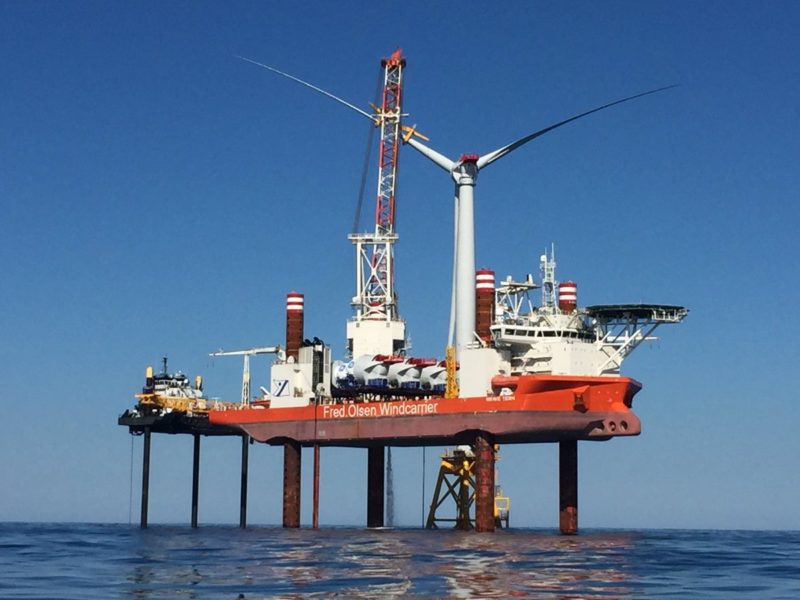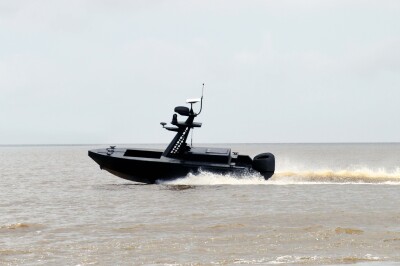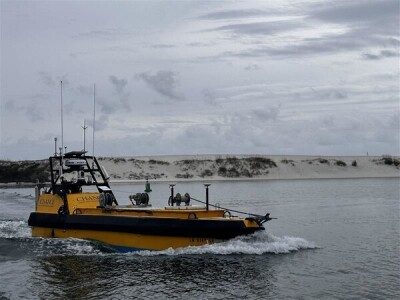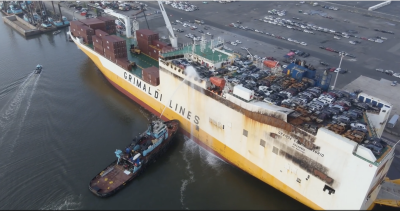Evidence keeps piling up that offshore wind is developing into a truly viable energy resource as wind turbine technology advances, the economies of scale along the supply chain become more favorable and Uncle Sam, joined by several once-reluctant state governments, are all advocating and approving offshore wind projects as part of their energy plans.
The workboat industry has been watching these developments closely, with some shipbuilders developing plans to build specialty vessels, and tug and barge companies, mostly in the Northeast, already working in this sector with construction of the Block Island wind project that began operations off Rhode Island in late 2016, and with anticipation of other projects soon beginning off the Atlantic from Massachusetts and New York to Maryland and Virginia.
But are there enough vessels to handle the construction and maintenance needs of the emerging offshore wind industry?
Congress wants to find out.
On May 15, the Senate Commerce, Science and Transportation Committee approved an amendment to the Maritime Administration Authorization and Enhancement Act that would require a report on the kinds of vessels needed for offshore wind farms and whether they are available for U.S. offshore projects.
If the bill becomes law, the Department of Transportation, in consultation with the Interior and Energy Departments, would produce a report within six months assessing the number of vessels available “to install, operate and maintain emerging offshore energy infrastructure.” The study would also project the need for additional vessels over the next 10 years and make “policy recommendations to ensure the vessel capacity to support such emerging offshore energy.”
These conclusions would presumably update and amplify a similar study done for the Department of Energy in 2013, which highlighted a shortage of U.S.-built vessels capable of supporting the offshore wind industry.
The amendment was proposed by Sen. Edward Markey, D-Mass., a proponent of green energy and whose home state approved offshore wind contracts for the Vineyard Wind project in April, clearing the way for turbine construction to begin later this year. This was clearly a major turnaround for the Bay State, which just a few years ago rejected another project, Cape Wind, which was to be the nation’s first offshore wind farm ahead of the Rhode Island project.
Growth in the U.S. offshore wind sector is expected to spur construction of Jones Act-compliant vessels, and it is hoped that the report will provide further clarity about how that law might affect the different kinds of vessels needed to support offshore projects.
Offshore wind vessel construction is in its infancy in the U.S., concentrated mostly on personal transfer vessels, tugs and supply and construction barges which can be built relatively quickly. Vessel design know-how is primarily concentrated in Europe, and the majority of heavy lift jackup vessels necessary for installation of wind turbines and vessels for laying cables are foreign-flagged.
It’s widely believed that an installation vessel that doesn’t go back and forth to a U.S. port but is supplied as necessary by a Jones Act qualified barge can be a non-U.S.-flag vessel. This type of joint venture was the workaround strategy used in the Block Island Wind Farm in which a foreign-flagged vessel transported turbines across the Atlantic from Europe and directly to the installation site off Block Island without any interim stops at U.S. ports. U.S.-flagged vessels then ferried tower sections and blades to the offshore installation site from Rhode Island.
There remain different and often confusing interpretations about what kinds of vessels must be Jones Act compliant, however, and there is currently no public guidance. The possibility always exists that Congress might change the law at any time. This is why many operating in this sector are being conservative and assuming that the Jones Act applies in just about all instances, Charlie Papavizas, a partner at Winston & Strawn LLP who oversees the firm’s maritime practice, said during a webinar on the topic in March. He added that crew transfer vessels and other types are likely to be built in the United States and would be Jones Act compliant.
“Although much is known from oil and gas administrative precedents and two offshore wind administrative precedents regarding the application of the Jones Act, many issues remain,” Papavizas wrote in his firm’s MaritimeFedWatch newsletter soon after the Senate panel approved the offshore study amendment. “Presumably, the secretary of Transportation will address some of these issues in order to assess current and future vessel needs.”
He noted that the United States is poised for substantial growth with 13 existing commercial leases off the U.S. East Coast from Massachusetts to North Carolina in various stages of permitting and more leases to be offered in the coming months.
“Major international renewable energy development companies are among the leaseholders and European companies with significant experience in the construction and operation of offshore wind farms are entering the U.S. market,” he said.





